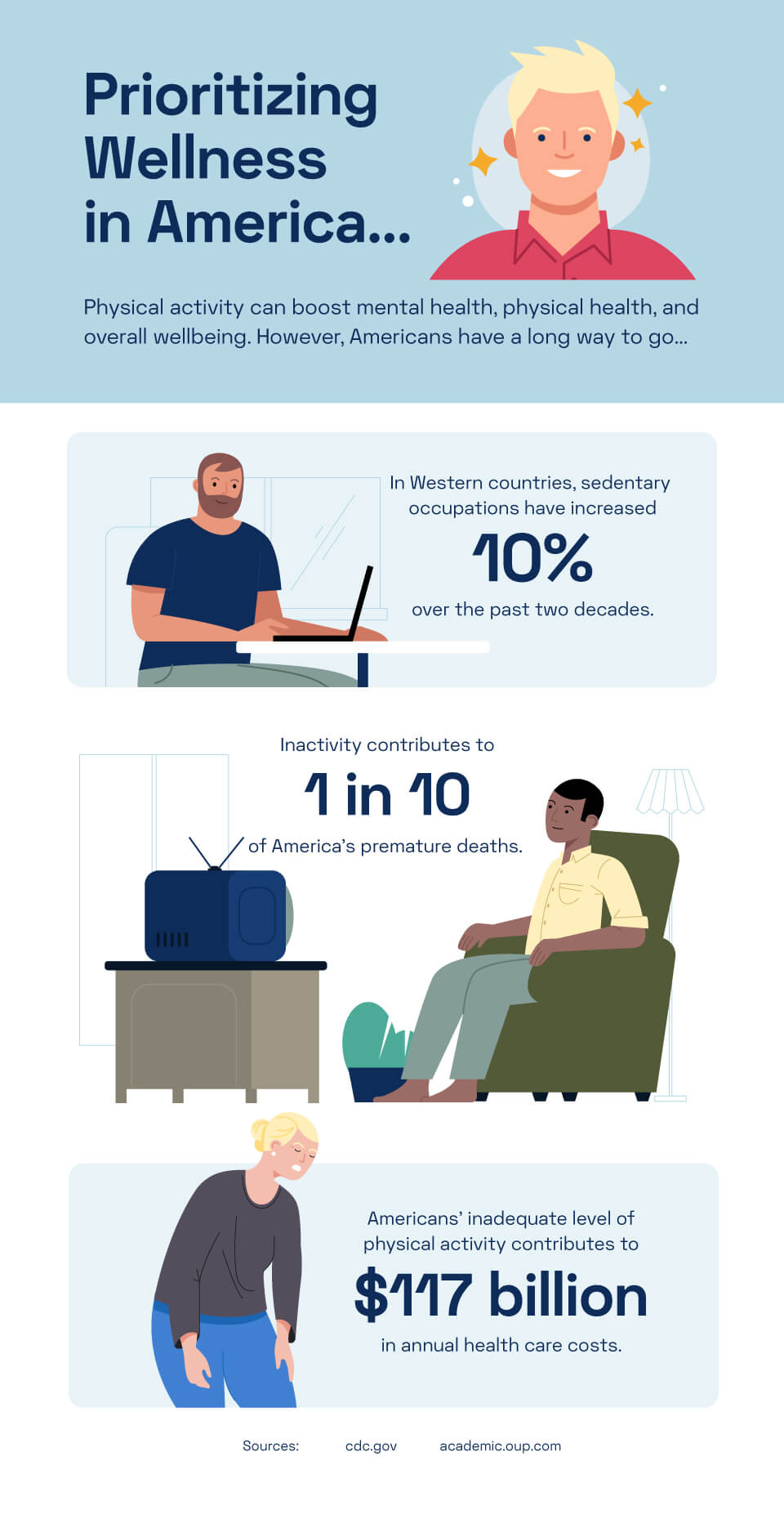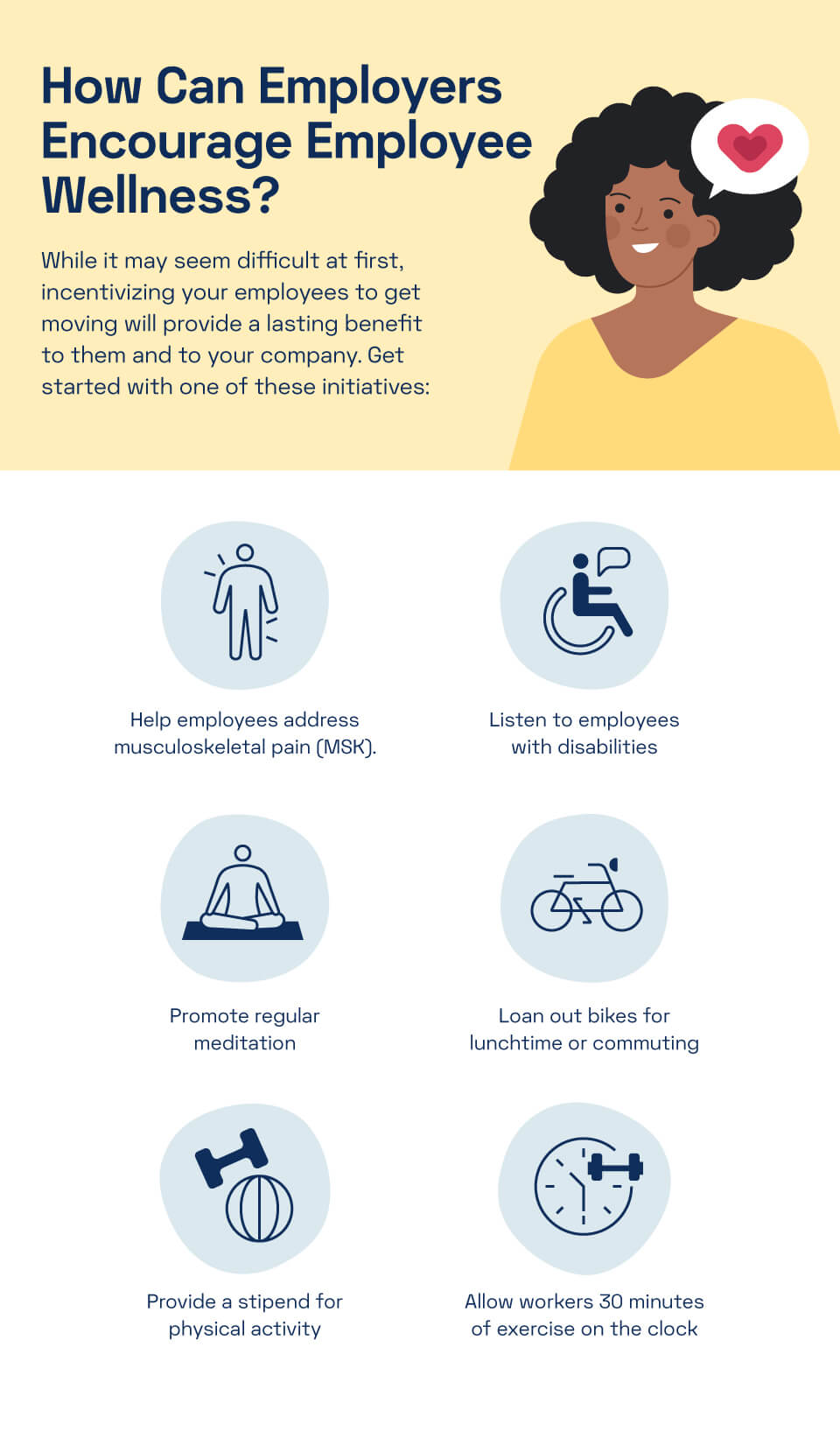
6 Ways to Prioritize Physical and Mental Health in the Workplace
A diverse, active lifestyle can be the key to both physical and mental wellness. Incentivizing your employees to get moving can provide lasting benefits to them and to your company.
6 min read

Further Reading
-
 A conversation with Employee Benefit News5 min read
A conversation with Employee Benefit News5 min read -
Three Pillars to Multimodal Pain Management for Your Employees
A conversation with Employee Benefit News3 min read -

Not a Huge Stretch: Improving Remote Work Ergonomics is Within Reach
For many people, the shift to remote work means less activity and poor ergonomic setups. With a few simple tips, you can help your employees avoid the pain, strain, and stress of the work-from-home environment.5 min read


